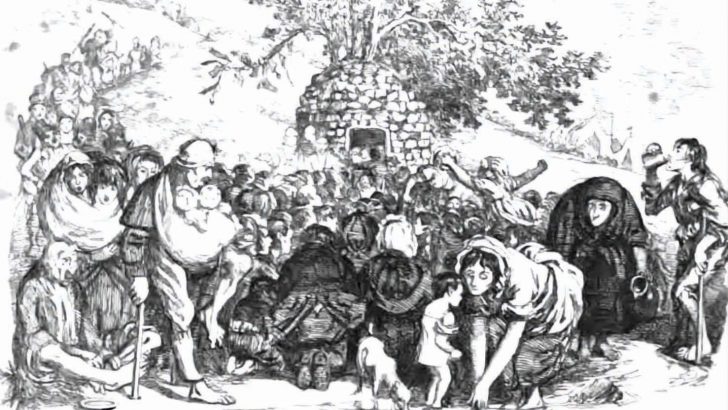Mainly About Books
by the Books Editor
The other week, while writing about the long neglected topic of the thatched churches of Penal times, it struck me that this was an ideal subject for research, not only for local historians but by local people themselves.
I had in the back of my mind the survey into Irish folklore in the interwar years by the Irish Folklore Commission (as it then was: it is now the Folklore Department in UCD). Through the co-operation of national school teachers across the country, children were asked to ‘interview’ (so to speak) the older generations in their family and to ask them for their recollections of stories and tales and events of their local place. The structure for the questions was drawn from Sean O’Sullivan’s Handbook of Irish Folklore.
Such questionnaires were not new even then. Back in early Victorian times when the ordnance survey was underway under the direction of Col. Larcom, the Celtic scholar John O’Donovan travelled from townland to townland making enquiries about place names, in the process collecting a great deal of local lore.
Inspiration
The more immediate inspiration of the folklorists of the Free State were their own professors in Sweden and Norway who had been trained to collect not tales only, but also details of all kind of folklore and folk-life. They wanted not only the details of how a story ended, but how buckets were made, and what was thought the best times to go out after fish.
Coming back to the Church: all the details of local lore of all kinds began to disappear with the advent of radio in the 1920s. After the cinema and commercial radio from Europe, television made the matter worse in the 1960s. So now before the invasion of the internet becomes too dominant, is the time to ask the older folk about all the things, people, and lore that they can recall, say from 1940s.
Such as: “The people used to say, as I remember from a child, that there was a dried up holy well at the bottom of Ryans’ field.” There is an equivalent to ‘Ryans’ field” in every parish. It seems to me that this period of lockdown might be the time to inaugurate in every parish a plan to gather local information about their local churches. Perhaps indeed it might be extended to all places of worship and faith in a parish, which would involve say passage graves, holy wells, Mass rocks, old graveyards, and the succeeding versions of local chapels. All of this can be recorded or photographed on one’s portable telephone.
Gather
The thing would be to gather the local lore at first. There would be time later to see what historians and others say: don’t assume someone knows all about it. You would be surprised at how local knowledge fades.
So too recollections about the religious life are quickly lost. One reason is that when a parish priest dies, the parish house is quickly cleared out and his papers destroyed. These are seen as ‘Church property’, and the business of no-one else. Also how often one is told that “Fr Maguire, who was a dear kind man, knew all about that…” Perhaps his people have saved something. But of course they never have. One of the saddest things to see in a priest’s house cleaned out on his death: it is an image of tradition dying.
If people are concerned about the folklore and folk life of their own place it is up to them to record it and preserve it. So much lore that might otherwise be lost, could be preserved. This never seems to have been done for ecclesiastical affairs.
Suggestions
I will return to this topic in a later issue with more suggestions on how to proceed. But the outcome of any research would doubtless reveal far more about the eras of thatched parish churches.
To understand what I mean, would-be researchers might read such books as Ask the Fellows who cuts the Hay, by George Ewart-Evans, Ackenfield by Ronald Blythe, or Ronald Fletcher’s In a Country Churchyard, which will show just what genuine sympathy with local people has achieved in England.


 Peter Costello
Peter Costello Patron Day in early Victorian days in Cork
Patron Day in early Victorian days in Cork 